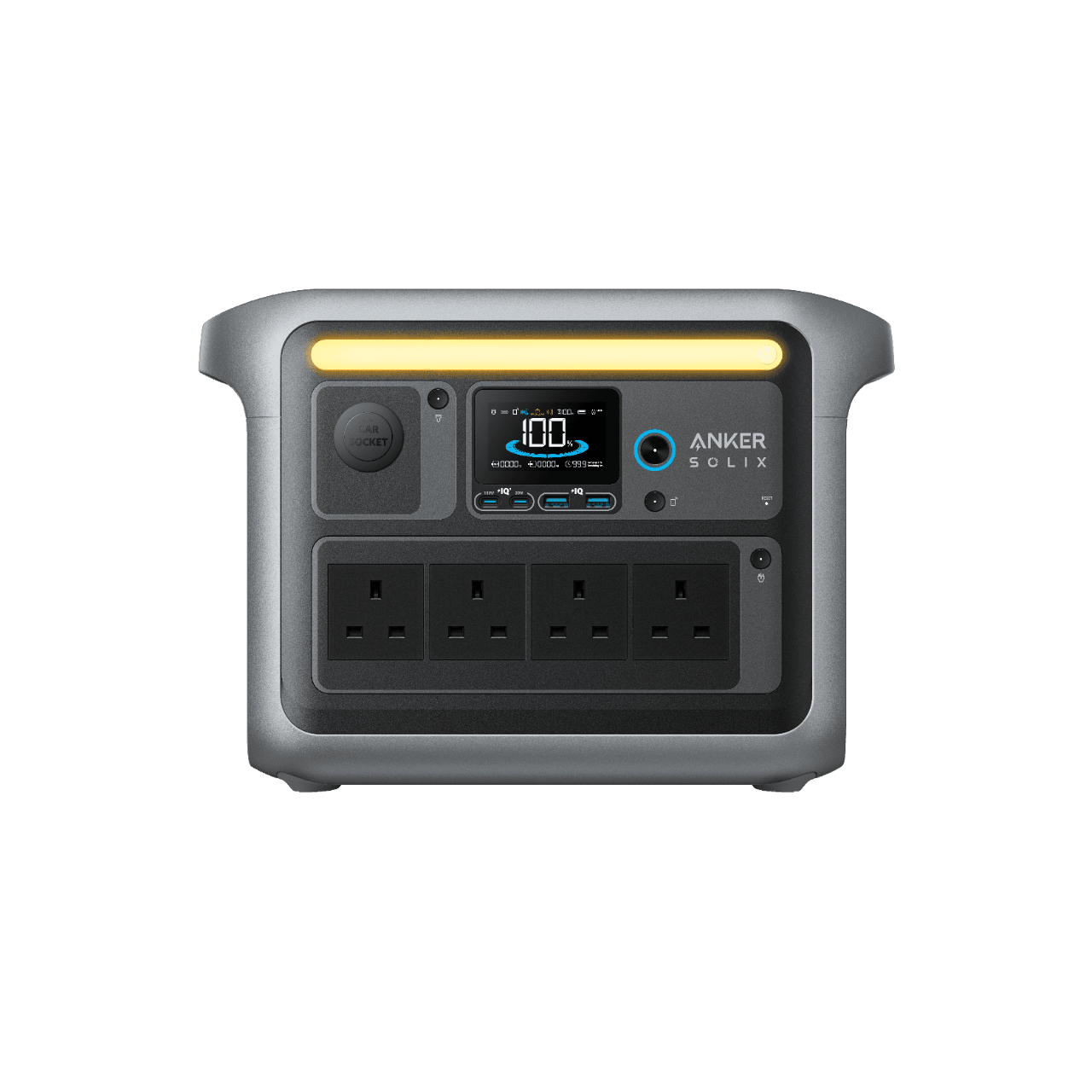If you're torn between buying a USB-C hub or a docking station, or if you already have a hub and it's not living up to your expectations, then it could be time to move up to the pro leagues and get yourself a docking station.
Find out what's so great about docking stations below:
1. More Screens, Higher Resolution
Compared to a USB-C hub, docking stations are far superior when it comes to display options. Take Anker Apex Thunderbolt 4 Docking Station for example. It's equipped with 2 HDMI ports plus a Thunderbolt 4 port to support 4K@60Hz to 3 screens simultaneously. And it can even display in 8K@30Hz to a single screen.
You won't find this level of display functionality in a USB-C hub.

What is Thunderbolt?
Thunderbolt technology combines data transmission, media display, and high-speed charging into a single port. To learn more about Thunderbolt technology check out this article.
2. Fast Charging
Docking stations also have a huge edge when it comes to power. Unlike USB-C hubs, Docking stations come with their own power adapter. This means you can connect your laptop to the dock to get a powerful charge, and you can even connect other devices like phones and tablets to the downstream ports.

3. Speedy File Transfer
USB-C hubs usually support file transfer speeds of 5 Gbps or 10 Gbps. That's enough for most people, but if you're someone that needs to do some heavy-duty file transferring, then a docking station can give you a noticeable speed boost. With up to 40 Gbps speeds, you'll never be left twiddling your thumbs as you watch a file slowly trickle from your thumb drive to your laptop.

Docking Stations vs USB-C Hub: The Stats
If you have high requirements for media display, data transfer, and charging, then opting for a docking station is a no brainer.



